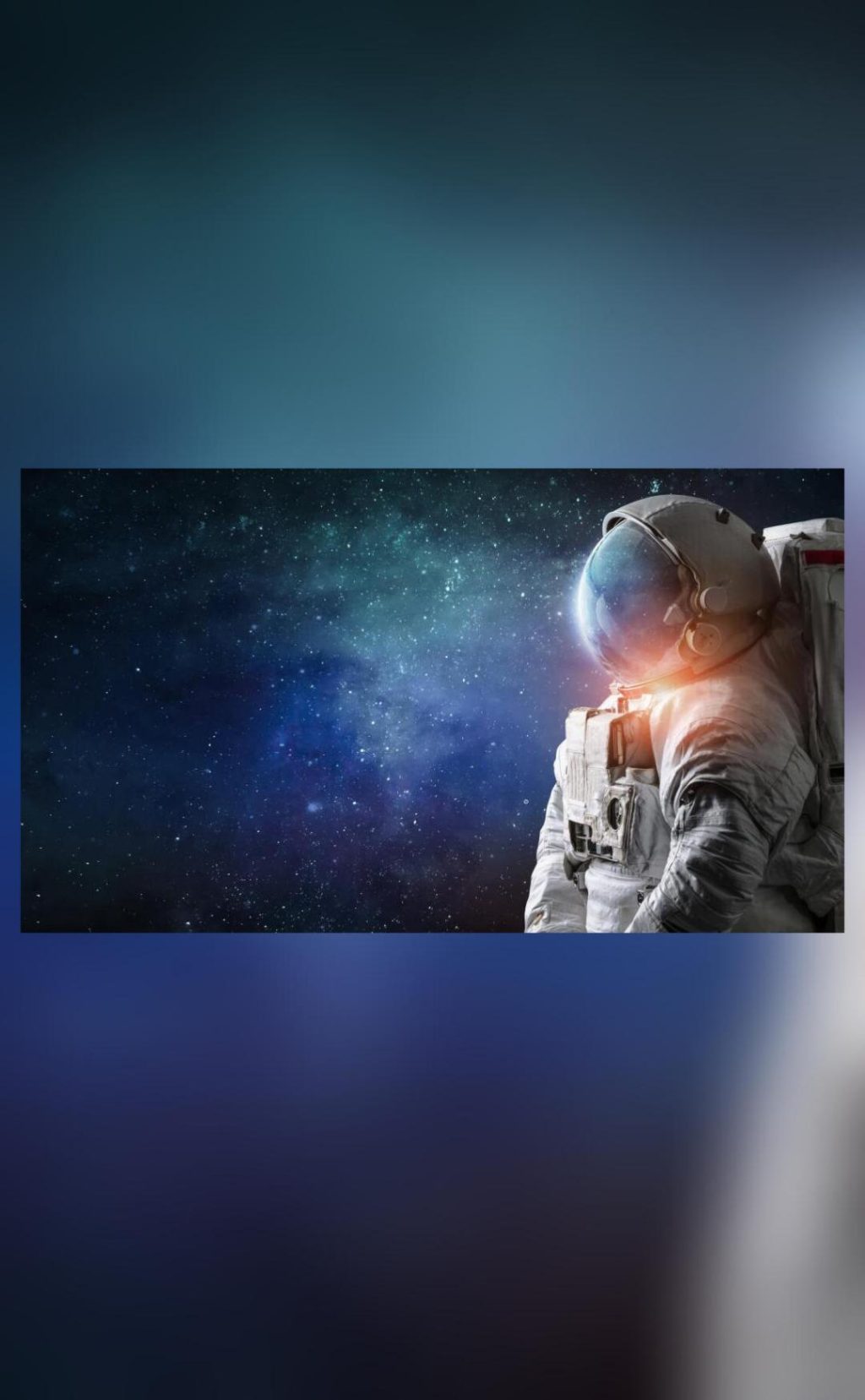
Google & NASA Create AI Medical Assistant for Mars Missions
Space exploration has always been a fascinating and ambitious endeavor. As humans venture further into the cosmos, maintaining the health and well-being of astronauts becomes increasingly crucial. To address this challenge, NASA and Google have joined forces to develop an AI-powered medical assistant designed specifically for Mars missions and other space expeditions. This innovative solution is called the Crew Medical Officer Digital Assistant (CMO-DA), and it has the potential to revolutionize medical care in space.
The Need for a Medical Assistant in Space
As NASA prepares to send humans to Mars in the near future, the agency is facing a significant challenge: how to provide adequate medical care in a low-gravity, isolated environment. Traditional medical practices and equipment may not be suitable for space travel, and astronauts may require specialized care for a range of health issues. The harsh conditions of space, including radiation exposure, isolation, and confinement, can also take a toll on an astronaut’s physical and mental health.
To address these concerns, NASA and Google collaborated to develop an AI-powered medical assistant that can provide accurate diagnoses, offer treatment recommendations, and even remotely monitor astronauts’ health. This cutting-edge technology is designed to support medical professionals in making informed decisions, reducing the risk of errors, and improving patient outcomes.
Introducing the Crew Medical Officer Digital Assistant (CMO-DA)
The CMO-DA is a multimodal AI system that utilizes speech, text, and image processing capabilities to analyze patient data and provide medical assistance. This innovative system is built on Google Cloud’s Vertex AI platform, which enables it to process and analyze large amounts of data in real-time.
During a Mars mission, astronauts may experience a range of medical issues, from minor injuries to more severe conditions. The CMO-DA is designed to quickly and accurately diagnose these conditions, providing medical professionals with valuable insights and treatment recommendations. This AI-powered medical assistant can also remotely monitor astronauts’ vital signs, detecting potential health issues before they become serious.
Testing the CMO-DA
NASA and Google have been testing the CMO-DA in a simulated Mars mission environment, using a mock-up of a spacecraft and a team of medical professionals. The results have been impressive, with the AI system showing diagnostic accuracy rates of:
- 88% for ankle injuries
- 80% for ear pain
These results are remarkable, considering the complexity of medical diagnoses and the limitations of a remote, low-gravity environment. The CMO-DA’s accuracy and reliability have the potential to significantly improve medical care in space, reducing the risk of errors and improving patient outcomes.
The Future of Medical Care in Space
The CMO-DA is an important step forward in the development of AI-powered medical assistants for space exploration. As NASA prepares to send humans to Mars, this technology has the potential to make a significant impact on the health and well-being of astronauts.
In the future, we can expect to see the CMO-DA evolve and improve, with ongoing testing and refinement. This AI-powered medical assistant may also be used in other areas of space exploration, such as lunar missions and deep space expeditions.
Conclusion
The collaboration between NASA and Google has resulted in an innovative AI medical assistant that has the potential to revolutionize medical care in space. The Crew Medical Officer Digital Assistant (CMO-DA) is a groundbreaking technology that can quickly and accurately diagnose medical conditions, provide treatment recommendations, and remotely monitor astronauts’ health.
As we continue to push the boundaries of space exploration, the CMO-DA is an important step forward in ensuring the health and well-being of astronauts. This AI-powered medical assistant has the potential to make a significant impact on the success of future Mars missions and beyond.
News Source:






